By using our website, you agree to the use of cookies as described in our Cookie Policy
a
Rss Feed
Don't Neglect Your Home's Foundations When Considering a Renovation
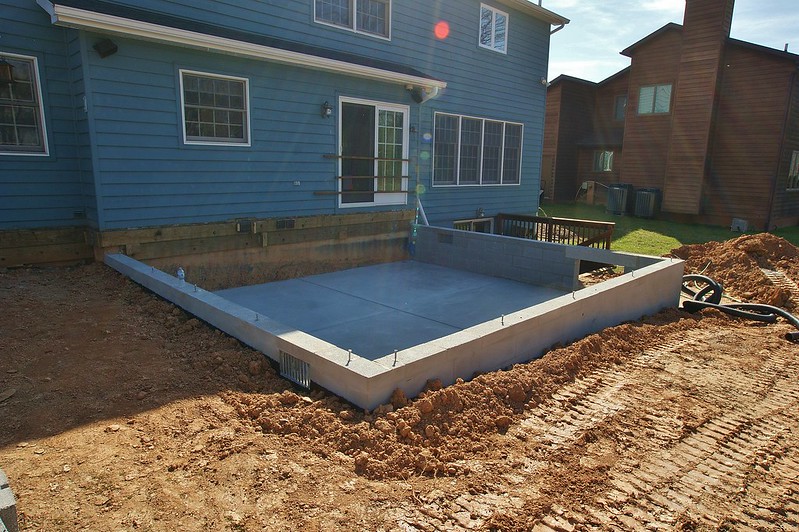
When renovating their homes, homeowners often have three primary motives. They want to improve the aesthetics of the property, make it more enjoyable, and boost its resale value.
They will usually do this by updating the style of the home and expanding the function of its various components. But, there is one key aspect of a property that owners are prone to forget when renovating.
This is that part of a building, which even if slightly damaged, will undo the owner's renovation efforts. Not only can it depress its resale value, warns TrustHome Properties, but it can make it unsellable. This part is the home's foundation.
The components and systems of a home are like the bones, organs, and skin that make up the human body. Achieving overall good health is only possible when focusing on the whole body.
People can fool others into thinking they are healthy by focusing on looking good alone. But over time, if the body's organs and bones are not in good shape, it will become apparent.
The same thing can happen with a home. Homeowners may focus on updating countertops and upgrading appliances, at the expense of maintaining a home's foundations.
Cosmetic appeal vs. Structural soundness
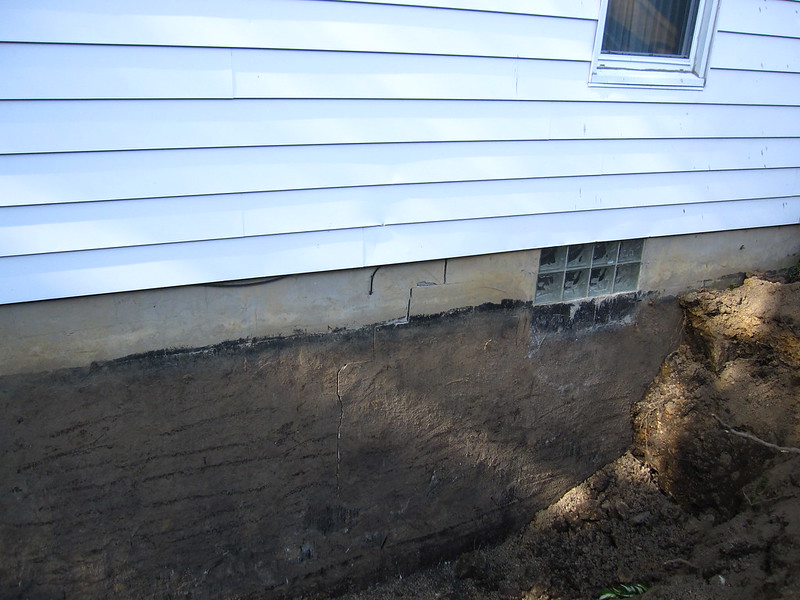
Structural soundness is critical if home upgrades are going to be well-done or long-lasting. And a home is structurally sound only if it is sitting on a solid foundation. No amount of cosmetic touchup will improve a home's value, if the walls are leaning, the floor is out of level, and there are cracks in the plaster wall.
Instead, foundation damage that is undetected or ignored will only make the renovation project less effective and costlier. Home upgrades are great for a property’s value and the owner's enjoyment of it; but only if the home's foundation is in a good condition.
Why homeowners neglect their home's foundations
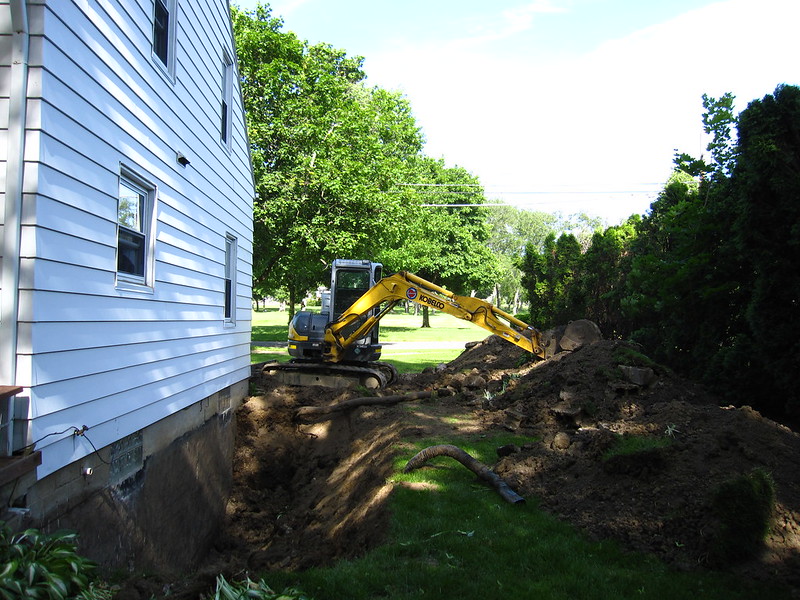
Maintaining a home's foundation does not attract the same urgency as updating its style. Homeowners can reap an immediate reward for the investment they make in upgrades.
The improvement in the visual appeal is instantly obvious. And the home's occupants can start to enjoy the added functionalities introduced by an upgrade.
This is unlike what owners get when they spend money on the foundation. There is no visible change in the appearance of the home. This is one reason why inspecting a property's foundation is frequently put on the back burner.
Another reason foundation issues are ignored by homeowners is that property owners simply don’t know how to identify this problem. Contrary to most owners' expectations, foundation damage does not always appear in the foundation itself. It is typically evident in the doors, walls, floors, and windows of the home.
This is why most foundation damage is treated instead as a door, window, or wall damage. Homeowners cannot relate the signs they are seeing to a fault with the home's foundation. Consequently, the problem is not discovered until it becomes advanced. Below are the best ways for owners to tell if there are problems with a home's foundations.
Common signs of faulty foundations
1. Sticky doors and windows
Problems with closing or opening doors and windows may be the result of foundation problems. This is caused by a misalignment between the door and the jamb or the window and the frame. It makes the door or window hard to close or open.
Oftentimes both doors and windows require force to shut or open or become impossible to close once open. If this is happening with many doors and windows in a property, the home's foundations should be inspected. If the problem is from the foundation, trying to solve it as a door or window problem will not work.
2. Gaps between cabinets or counters and walls
Initially, the gaps may be very small - less than one-eighth of an inch. Gaps these small are easy to overlook and homeowners may attribute them to a fault with the cabinet installation. But over time, the gaps may widen to half an inch and become widespread within the property.
If this happens, the problem is definitely due to foundation damage. Foundation damage is costly to fix and homeowners may be forgiven for wanting to delay dealing with the problem. But delay only gives the problem time to do more damage.
3. Floors that are out of level
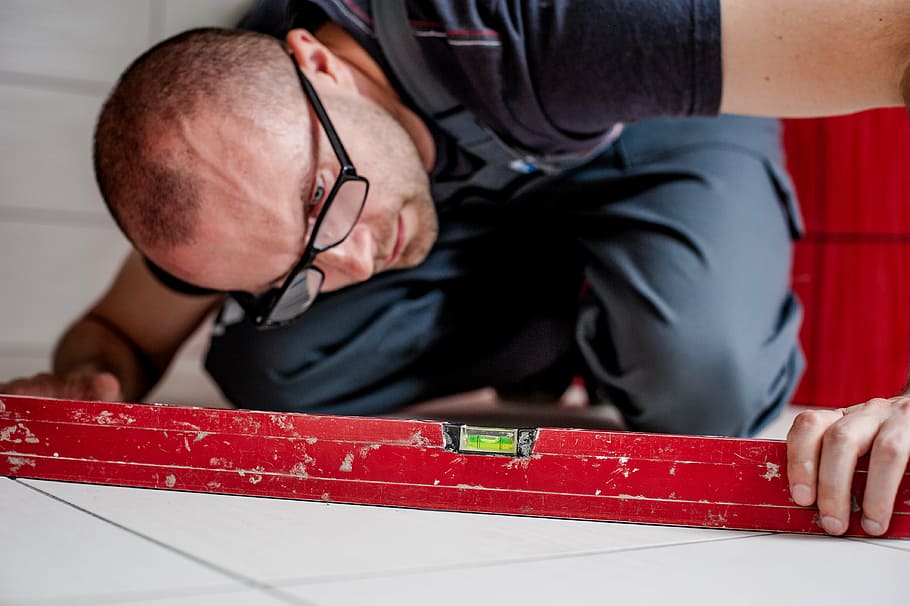
When a home's foundation is damaged, it can affect the floor slabs and cause them to sag or bow. This leaves the floor inside the home uneven in some places or out of level. It is easy to tell when the floor is out of level in a home. If water spills on the floor, it will tend to flow in one direction and collect in a specific part of the home.
4. Cracks and fractures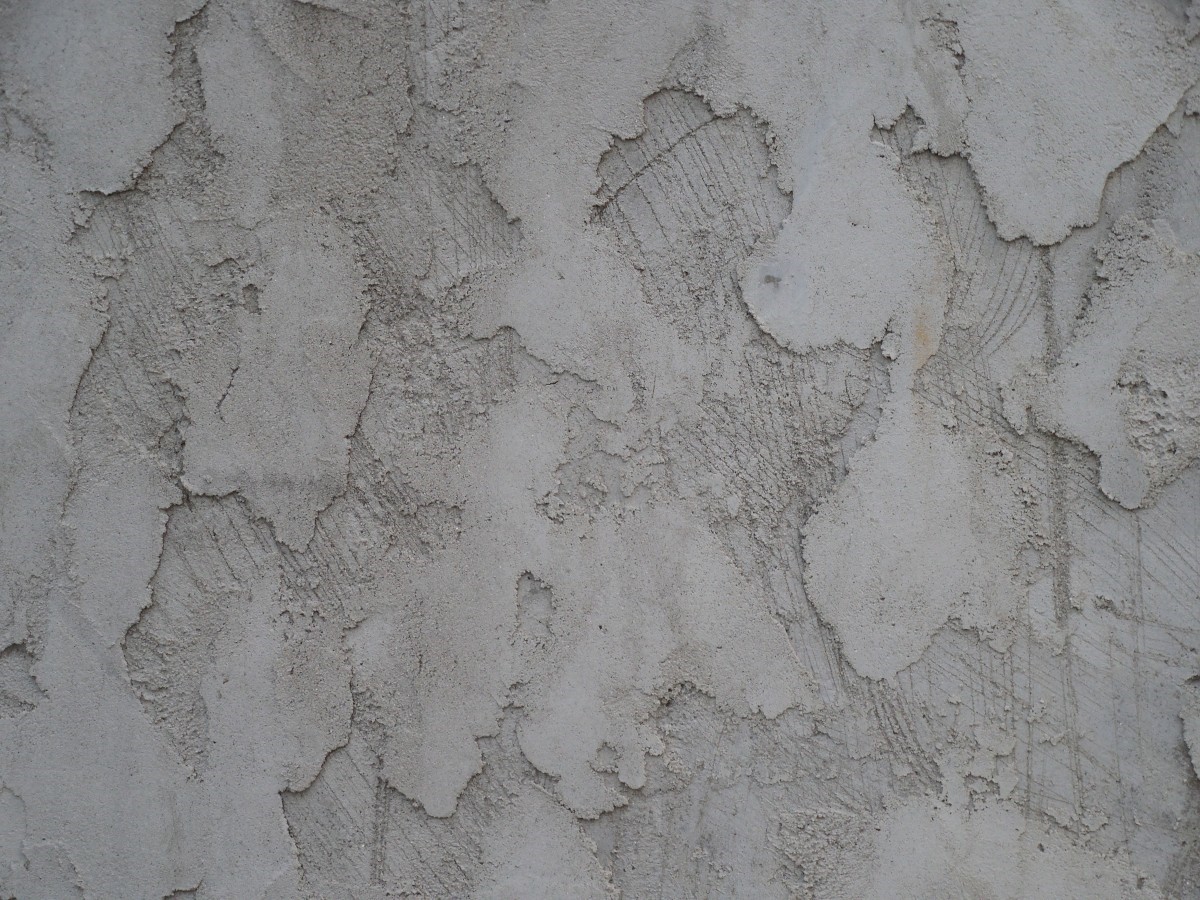
Another unmistakable sign of foundation damage is cracks on floors, walls, and on the foundation itself. These cracks may be as tiny as one-sixteenth of an inch - almost invisible. Or they may be as wide as one-quarter of an inch. Depending on the cause and nature of the foundation damage, these cracks may be horizontal or vertical.
‹ Back

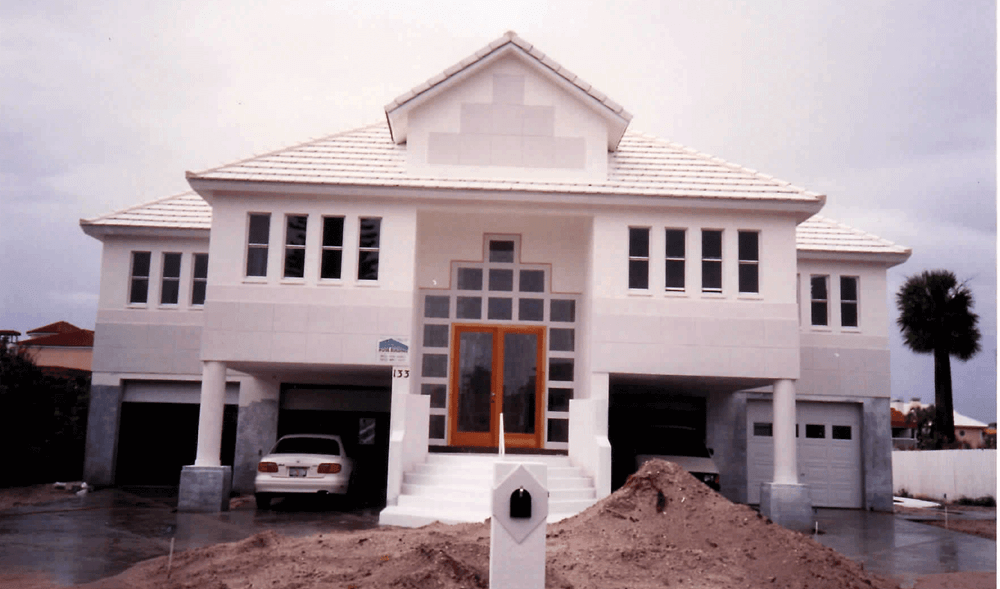

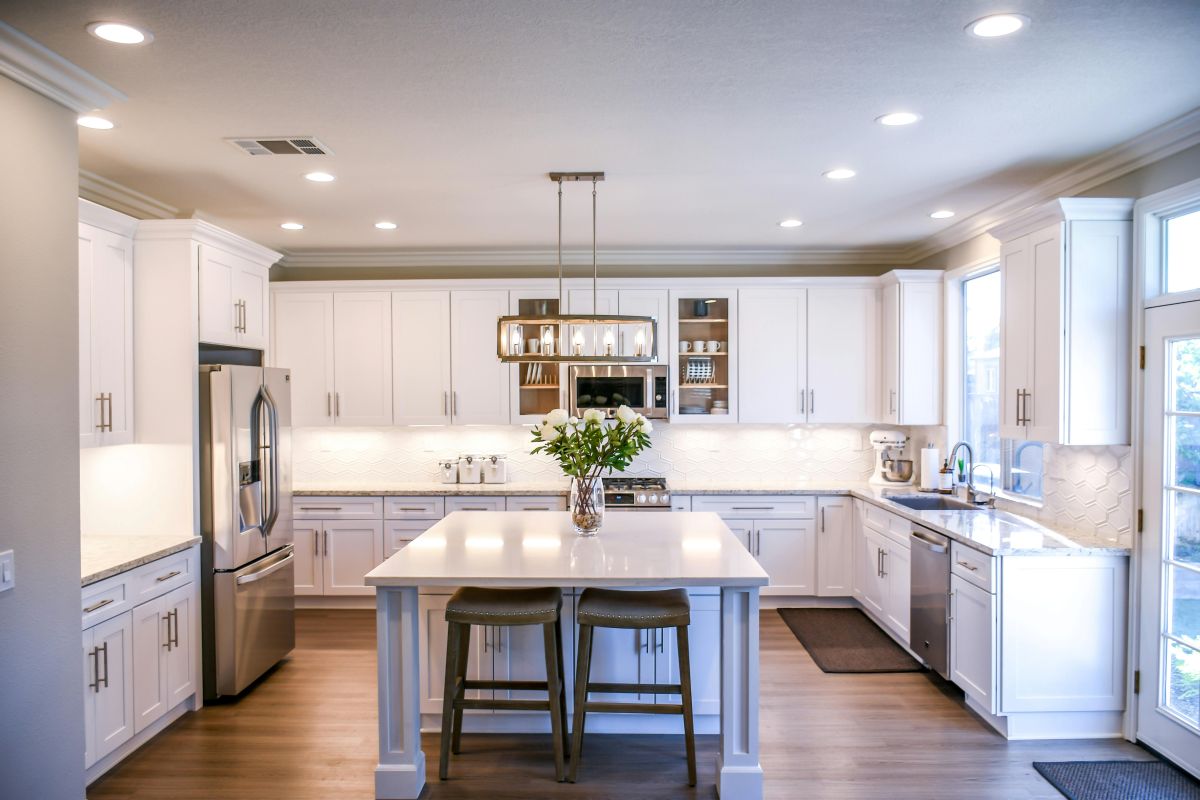


.png)

Comments